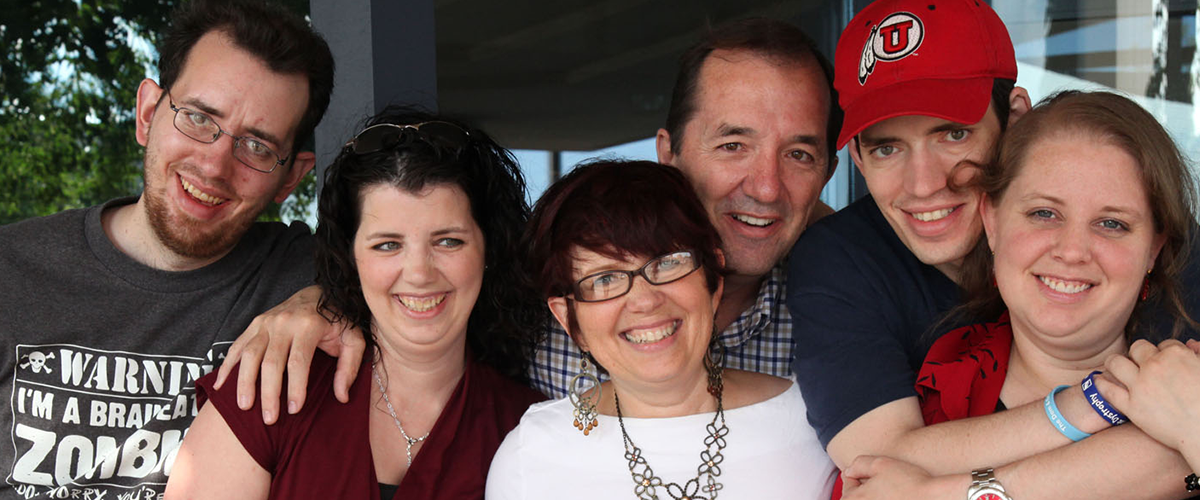Interesting Findings Reported in Recent DM Research Studies on Sleep Disturbances
Dr. Katharine Hagerman, Research Associate at Stanford University Neuromuscular Division and Clinics, provides a summary of a recent DM2 sleep survey that has drawn criticism from international DM experts in Italy.
Restless Legs Syndrome and Daytime Sleepiness are Prominent in Myotonic Dystrophy Type 2
EM Lam et al; 2013, Neurology 81(2):157-64
A recent study headed by Dr. Margherita Milone from the Mayo Clinic in Minnesota outlining sleep disturbances in those with myotonic dystrophy type 2 (DM2) has drawn criticism from a group of international experts in Italy headed by Dr. Gabriella Silvestri.
Dr. Milone’s study examined the frequency of sleep disturbances by analyzing surveys filled out by 30 people with DM2, and 43 unaffected individuals. Her study found that those with DM2 had more clinically significant reports of daytime sleepiness, fatigue, altered sleep quality, and restless leg syndrome. Surprisingly, the study also found that obstructive sleep apnea was not a frequent sleep disturbance in DM2, going against previous small studies by Dr. Silvestri and others that estimated the prevalence of obstructive sleep apnea to be between 60% and 67% in DM2.
Though Dr. Milone’s study was able to assess a larger number of affected individuals than other studies, Dr. Silvestri pointed out that it relied on paper-based surveys instead of more reliable clinical measurements from sleep monitoring. Overall, studies on sleep disturbance in DM2 highlight the need for overnight and daytime sleep studies when individuals have symptoms that may stem from sleep issues, preferably performed in a sleep clinic that is able to differentiate between obstructive and central sleep apnea, along with assessing for sleepiness, fatigue, other forms of hypoventilation, periodic limb movements of sleep, restless leg syndrome, and REM sleep abnormalities.
For the article abstract click here.
04/18/2014

